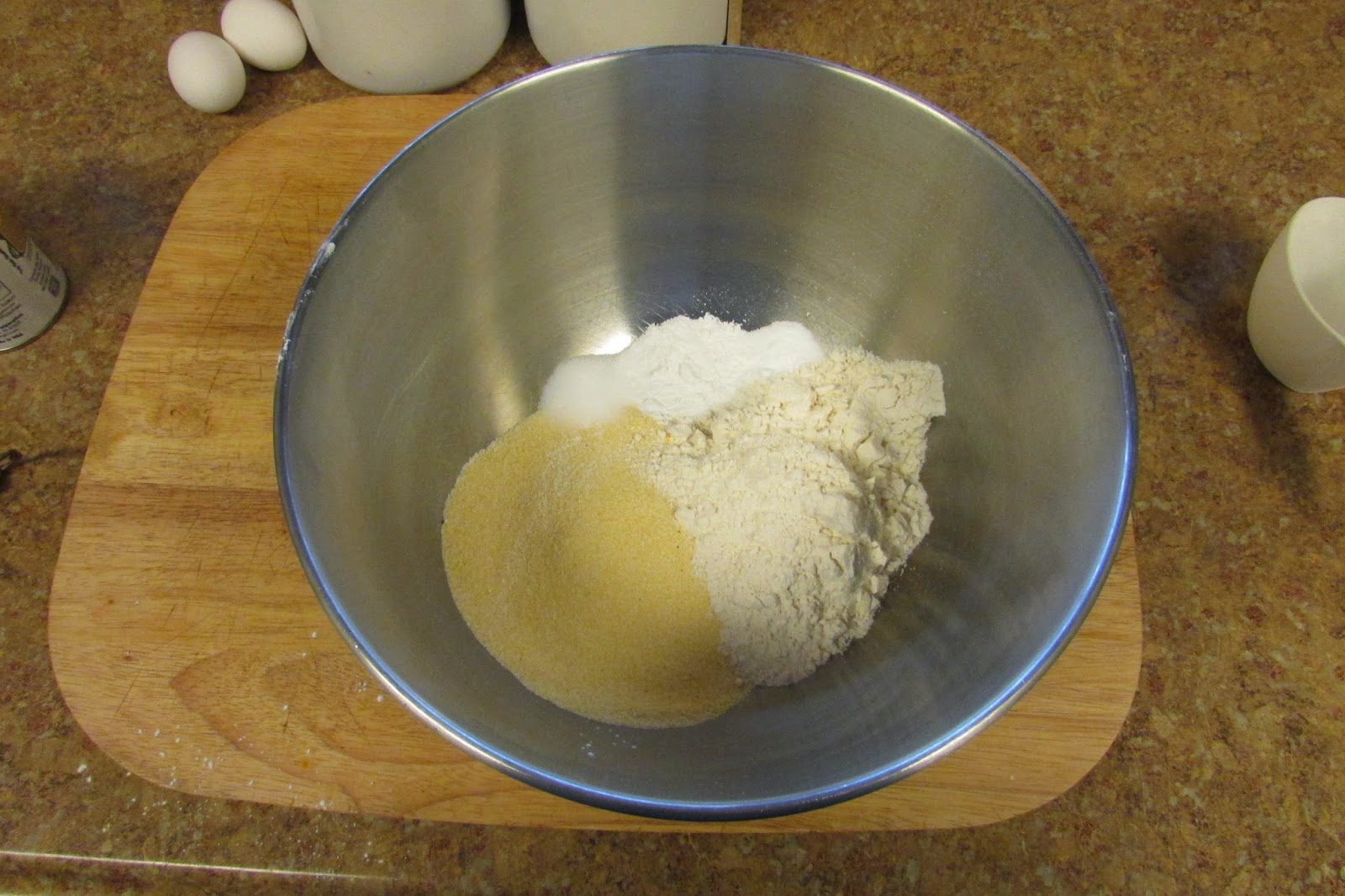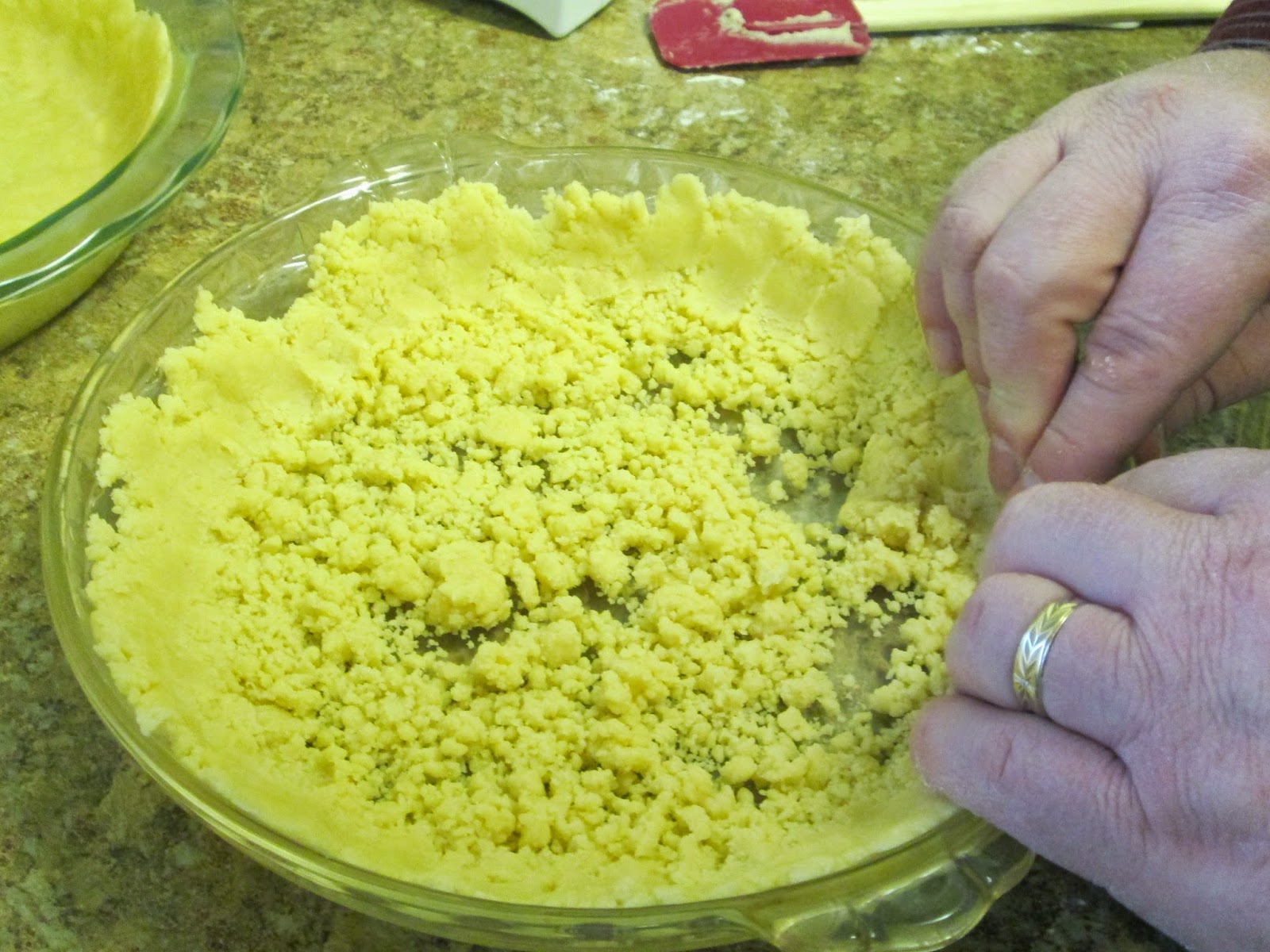Laisses les bons temps rouler! Let the good times roll!
I am neither Cajun nor am I Catholic. But I do appreciate good food and good times, so this is my celebration of Mardi Gras. Today is Fat Tuesday, the last day of Carnival, and the day before Ash Wednesday which begins Lent. Lent is the period of fasting and prayer between Ash Wednesday and Easter Sunday.
 Jambalaya is a rice dish with Andouille sausage, and your choice of chicken or seafood. Since nobody in my house eats seafood, I made my Jambalaya with chicken. You could however substitute any of the following for the chicken: shrimp, crawfish, clams, mussels, or whatever you like.
Jambalaya is a rice dish with Andouille sausage, and your choice of chicken or seafood. Since nobody in my house eats seafood, I made my Jambalaya with chicken. You could however substitute any of the following for the chicken: shrimp, crawfish, clams, mussels, or whatever you like.Of course, no Cajun meal would be complete without the obligatory Beignets, which is the French/Cajun version of a donut. Tonight, Carol is making the Beignets, and is using Paula Deen's French Quarter Beignets recipe. I saved plenty of room to go a little crazy! So as they say in N'awlins, laisses les bons temps rouler!
3 tablespoons vegetable oil, divided
1 lb Andouille sausage, sliced 1/4" thick on the bias
2 lbs boneless, skinless chicken breast, cubed
2 tablespoons Emeril's Essence Creole Seasoning, divided
1 onion, diced
2 ribs celery diced
1/2 red bell pepper, diced
1/2 green bell pepper, diced
4 cloves garlic, minced
2 cups long grain rice
1 14.5 ounce can petite diced tomatoes
3 1/2 cups chicken stock
2 scallions, finely sliced

In a large Dutch oven, heat 2 tablespoons of the oil over medium-high heat. Add the Andouille sausage and cook stirring until the sausage starts to brown and gives the oil a slight reddish color. Remove from pan and set aside.

Season the chicken with 1 tablespoon of the Cajun seasoning. Add to the Dutch oven and cook stirring until the chicken is no longer pink on the outside. It will not be cooked through at this point. Remove and set aside with the sausage.

Add the onion, celery, bell peppers, and additional tablespoon Cajun seasoning to the Dutch oven. Cook and stir until vegetables are softened and nearly cooked, about 5 minutes. Add the garlic and cook for an additional minute or two.


Add the rice and cook stirring constantly so the rice does not burn until the rice is toasted slightly, about 2 minutes.

Add the tomatoes, chicken, and sausage and stir.

Add the chicken stock and stir it all together.

Bring to a boil, then cover with a tight fitting lid and reduce heat to lowest setting on your stove. Set a timer for 20 minutes and do not lift the lid. After 20 minutes, remove the lid and stir gently with the tines of a fork. Replace the lid and cook covered for 10 minutes more.
After ten minutes, turn off the heat and let rest for 10 minutes.
Turn out into serving dish and garnish with sliced scallions.


































